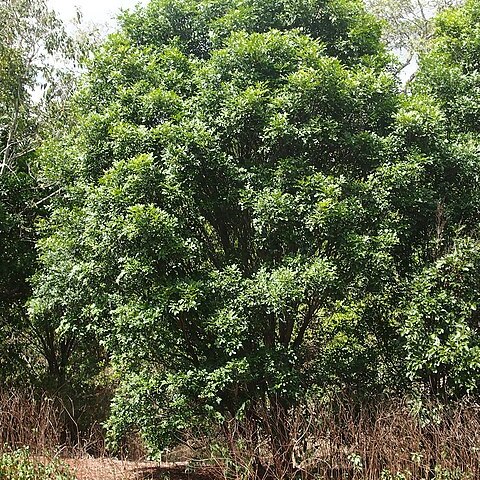Shrubs or trees, usually dioecious. Leaves paripinnate, rarely imparipinnate or simple; petiole and rachis usually winged; leaflets usually subalternate or opposite, petiolulate; lamina mostly long and narrow, entire, coriaceous, usually with fine lateral veins. Panicles terminal or in upper axils; cymules shortly stalked. Flowers small, regular, pedicellate. Sepals 5, imbricate, unequal, suborbicular or elliptic-obovate, concave. Petals 4 or 5, elliptic-obovate, shortly clawed; scales usually bilobed, hairy, with or without crests, or scales absent. Disc annular or unilateral. Stamens 8. Ovary trigono-obovoid, 3-locular; ovule 1 per locule; style persistent. Fruit divaricately 2-or 3-lobed, apiculate, separating into indehiscent, 1-seeded, dorsally-winged samaras. Seed exarillate.
Stamens 8, inserted within the lobes of the disk; ovary 3-locular, 3-lobed; loculi 1-ovulate.
Leaves paripinnate (rarely imparipinnate, not in our area), sessile or petiolate.
Inflorescence a paniculate thyrse.
Sepals 5, 2 exterior ones smaller.
Petals (4)5, each with a scale.
Disk annular, sometimes lobed.
Flowers spuriously polygamous.
Seeds without arillodes.
Fruits 2–3-winged.
Trees or shrubs.

